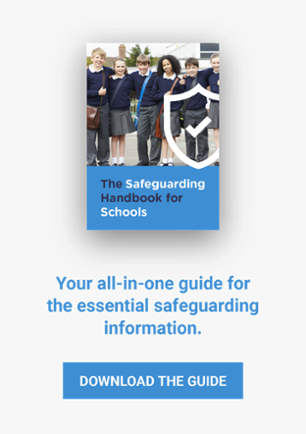What Does Proportionality Mean in Safeguarding? Everything You Need to Know
Proportionality is a term you’ll encounter when carrying out safeguarding training. It’s one of the six principles of safeguarding which are in place to protect both adults and children. Here’s what it means in practice and how it’s come to be such a key part of the safeguarding process.
What Is Proportionality in Safeguarding?
This principle states that those responsible for safeguarding should provide the least intrusive response appropriate to the risk presented. This ensures that any decision takes the child, young person or adult into account when dealing with abuse. All risks are considered and addressed so that no further harm is done.
The action that’s taken should be proportionate to the risk involved. If the risk is low, then a large-scale overprotective approach can actually do more harm. It can make a child or young person feel uncomfortable and vulnerable, especially when a more restrained course of action would have sufficed.
Conversely, a serious case should be treated as such. It can take a huge amount of effort and courage for someone to report instances of abuse or physical harm. They should feel as though appropriate action is being taken. Otherwise, they might feel ignored or as though they aren’t believed. Feeling this way can have a significantly negative impact on a young person.
The Care Act 2014
Proportionality and the other safeguarding principles were set out as recently as 2014. The Care Act represented the biggest reform of care and support in the last 60 years. It’s an amalgamation of previous legislation and innovative new concepts that give people who need support more control over what happens.
By putting all of the essential information about caregiving and safeguarding in one place, the hope is that there’ll be greater clarity regarding important principles and processes. This should lead to better support for those that need it most and wider system improvements too.
The Care Act puts a greater emphasis on protecting the most vulnerable people from abuse and neglect. Both in terms of what to do when abuse has been reported but also how to prevent these cases from happening in the first place.
The aim is for local authorities and organisations to have the information they need to make informed choices on support arrangements and safeguarding procedures.
Proportionality is just one of the key principles outlined in the Care Act. The other five are:
- Empowerment - anyone reporting abuse or neglect should be encouraged to make their own decisions. They should give their consent before any course of action is put in place. It’s their life and they know best.
- Prevention - it’s always better to take action before any harm occurs. It’s vital that anyone responsible for safeguarding knows the red flags that indicate abuse. Some are obvious and visible (physical marks or bruising) while others aren’t (slight changes in behaviour e.g. an active child becoming more withdrawn).
- Protection - support should be given to individuals that are most in need of help. Regardless of background or circumstances, anyone should have access to the same advice and support.
- Partnership - safeguarding is a process that is shared across organisations. Communities, local authorities and schools should all understand their role and work together to offer support. Sensitive information should only be shared with the right people and only when absolutely necessary.
- Accountability - does everyone involved know their safeguarding responsibility? At a school, for example, it’s not just teachers who are responsible. Teachers, governors, volunteers, support staff and school cooks should all know the signs of abuse to look out for and what to do in a variety of situations.
Implementing Safeguarding Principles
The six safeguarding principles set out in the Care Act should be prevalent within your existing protection policy. Carry out a full audit of the safeguarding policies you have and identify any possible gaps. This is an opportunity to implement new processes that are more thorough and robust.
Interview anyone responsible for carrying out these processes when a case is active.
- Do they know the steps to take if they suspect someone is suffering abuse?
- Can they list some of the common signs to look out for?
- Do they know the steps to take if someone approaches them with details of abuse?
- Do they understand the correct procedures to follow and who should be informed?
Regular safeguarding training should be common within any role. It can feel as though you’re going over the same information over and over again, but it’s important to have these details fresh in your mind. Any missteps or failed opportunities can have seriously damaging effects on anyone suffering from abuse.
To ensure that your organisation is ready to offer support and advice to anyone who might need it, download our comprehensive handbook.
The Schools and Academies Show London 2024
If you'd like to learn more about safeguarding and a number of other very important issues across the UK education sector then please do register your interest for next year's show below:
The Safeguarding Handbook
This robust handbook is a vital resource for anyone that works closely with children. Schools need to have detailed processes in place so that any child that’s suffering receives expert protection and support.
The handbook includes the responsibilities of anyone working in a school and the essential information that they need to know. It also outlines what to do during a disclosure and some of the most common encounters that staff might experience.
Download your free copy of the handbook now and use it to ensure that all of the children and young people that you’re responsible for enjoy a safe and happy education.





